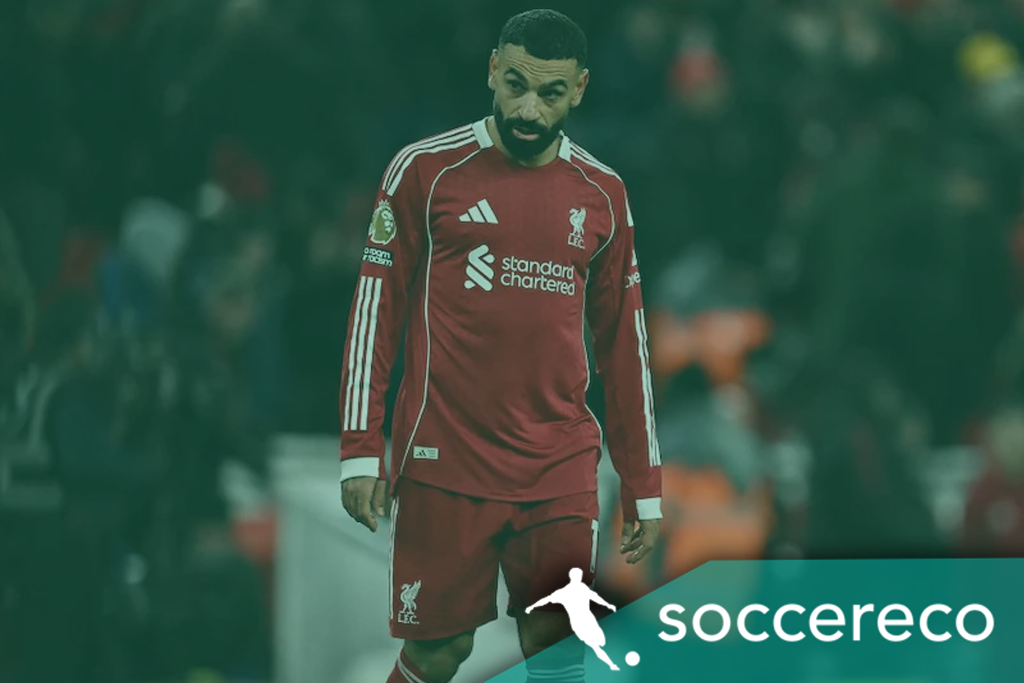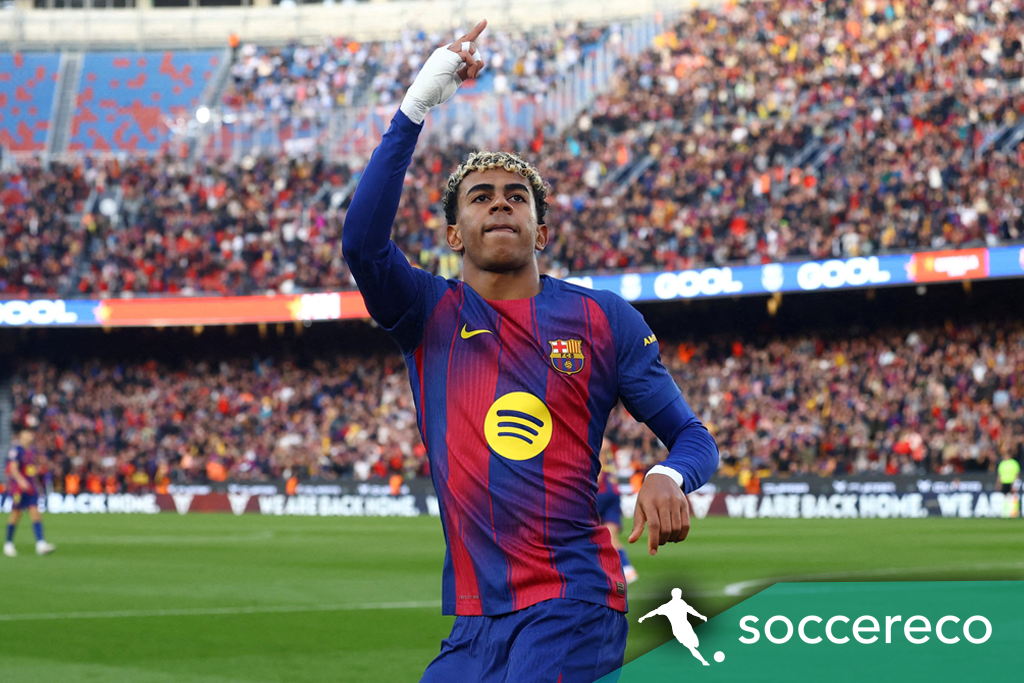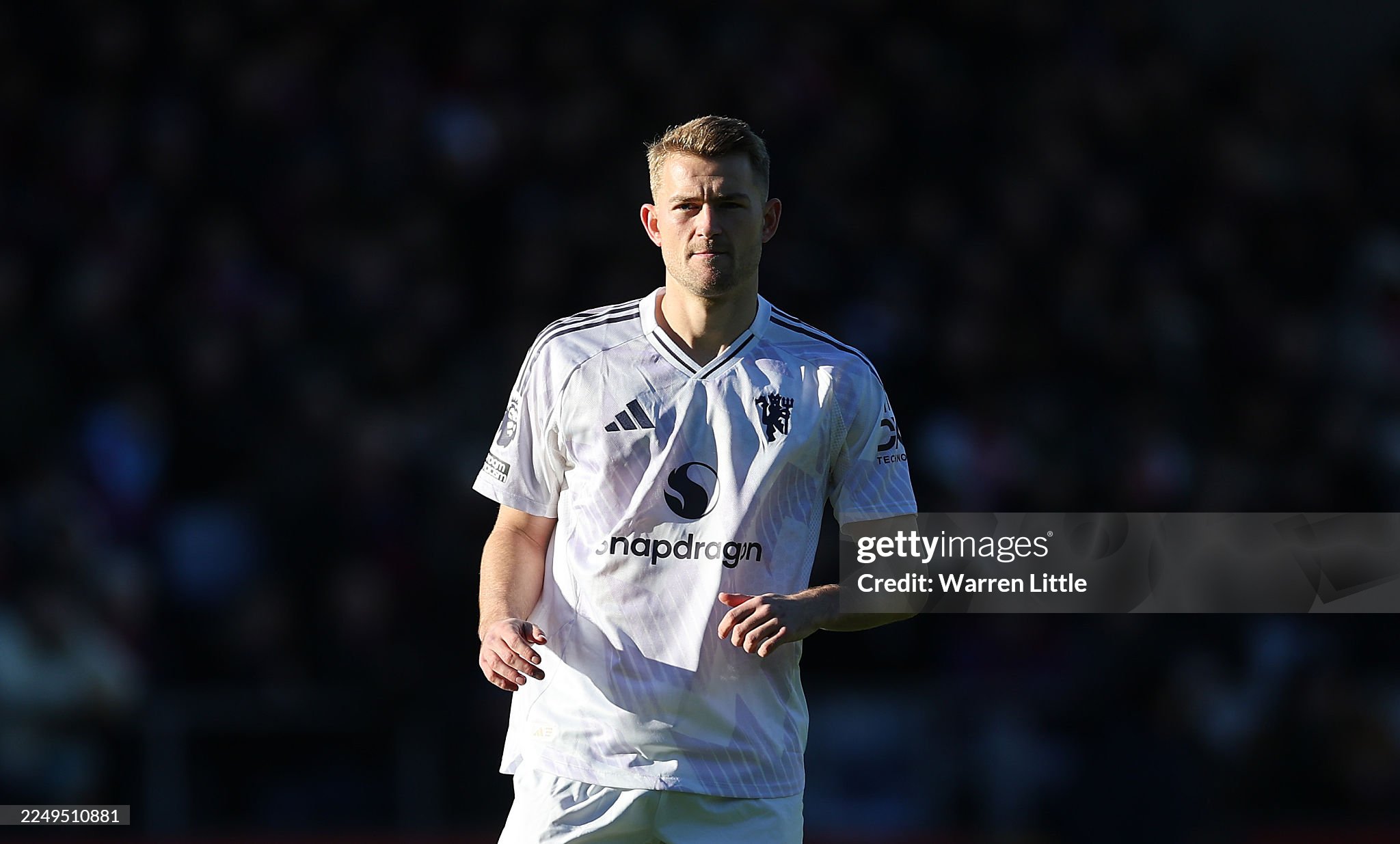Bayer 04 Leverkusen will have to do without Malik Tillman for the time being, after he picked up an injury during the international break.

Bayer 04 Leverkusen will have to do without Malik Tillman for the time being, after he picked up an injury during the international break.
The setback arrives at a busy moment in the calendar and forces head coach Xabi Alonso to rethink his attacking rotations in the half spaces and wide channels.
Tillman’s recent involvement with the United States offered a reminder of his blend of finesse and timing. Against Ecuador, he delivered the final pass for the 1 to 1 equalizer, a sequence that showcased his vision between the lines and his calm decision making under pressure. He then missed the friendly against Australia, which was won 2 to 1, and returned to Germany for treatment. For Leverkusen, who often rely on fluid movement behind the striker and fast combinations around the box, losing a player comfortable drifting into pockets or carrying the ball on the turn changes the dynamic.
Tillman’s profile at club level this season had been trending upward. The Nuremberg born attacker has five Bundesliga appearances with two goals and has featured twice in the Champions League. Those returns do not tell the full story. He has offered secondary runs that pin back full backs, quick wall passes that open central lanes, and a willingness to counterpress immediately after turnovers. In a team that values quick restarts and positional interchanges, that package is valuable even when he is not on the scoresheet.
Leverkusen now face a condensed two week stretch that will test their depth and adaptability. First comes a Champions League home match on Tuesday evening against Paris Saint Germain. European nights tend to compress space and magnify small mistakes. A player like Tillman can normally help break a press by receiving on the half turn or by riding the first contact to draw fouls. Without him, the onus falls on other creators to accept the ball under pressure and to make clean first touches in tight zones. Expect Alonso to emphasize quicker circulation from back to front and carefully scripted patterns to exploit the far side when PSG shift aggressively.
Next up is the Bundesliga home date with SC Freiburg on October 26. Freiburg are typically disciplined out of possession, and they often try to crowd the middle third before springing forward on set plays and second balls. Tillman’s absence removes one of Leverkusen’s options for destabilizing block defenses with dribbles from the half space toward the byline. The hosts may respond by leaning on overlapping width, quicker underlaps from central midfield, or early diagonals into the channel to move Freiburg’s back line.
The DFB Pokal trip to SC Paderborn 07 on October 29 follows swiftly. Cup ties carry their own rhythm, and rotation is usually necessary. Players like Tillman are valuable in these fixtures because they can raise the floor of a heavily rotated side by providing reliable ball security and end product against lower or mid tier opponents who defend compactly. Without him, Leverkusen will have to balance freshness with enough creative quality to avoid a slog. Expect purposeful starts to each half, with a focus on striking early before the match becomes scrappy.
The run concludes on November 1 with a headline Bundesliga clash against Tillman’s former club, FC Bayern. Beyond the obvious narrative, this is a direct test of Leverkusen’s structure against a high end pressing unit and an attack that punishes slow rest defense. Tillman’s capacity to receive in the right half space and connect midfield to the front line would normally help break Bayern’s initial press. In his absence, Leverkusen must ensure clean build up patterns, secure occupation of the central corridor, and careful protection against counters whenever the full backs or wing backs push high.
From a squad management perspective, Alonso will consider a few levers. The first is role reassignment. Another attacking midfielder can be tasked with occupying the same zones, but with slightly different instructions. The second is shape flexibility. Leverkusen can tilt a 3 4 2 1 toward a 3 2 4 1 in settled possession, adding a second interior playmaker to replicate Tillman’s touches, or they can lean into wider progression with earlier service into the box. The third lever is set piece emphasis. With one creator out, dead ball efficiency becomes even more important, both to generate chances and to relieve the need for constant chance creation from open play.
For the United States national team, the situation will be monitored closely. Tillman’s combination of technical skill and tactical maturity has been an asset when the U.S. seek control against compact opponents. The immediate priority, however, will be club recovery and a stepwise return that does not risk setbacks. Leverkusen’s medical and performance staff will manage load, gym work, and on grass reintegration based on response, not dates on a calendar.
The broader takeaway is that Leverkusen’s ambitions on multiple fronts demand resilience when injuries happen. The coming fortnight offers a clear, measurable challenge across three competitions. If Leverkusen maintain their tempo, protect defensive transitions, and find goals by committee, they can navigate this period and be stronger when Tillman returns. If they struggle to replace his ability to glue phases together in the final third, the matches against Freiburg and in the cup could become harder than they look on paper, while the European night and the Bayern meeting will require near perfect collective execution.
Updated: 12:44, 20 Oct 2025








